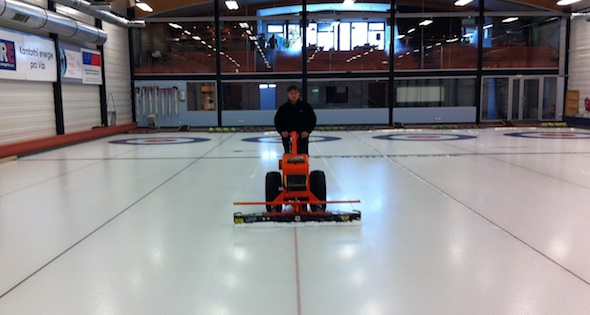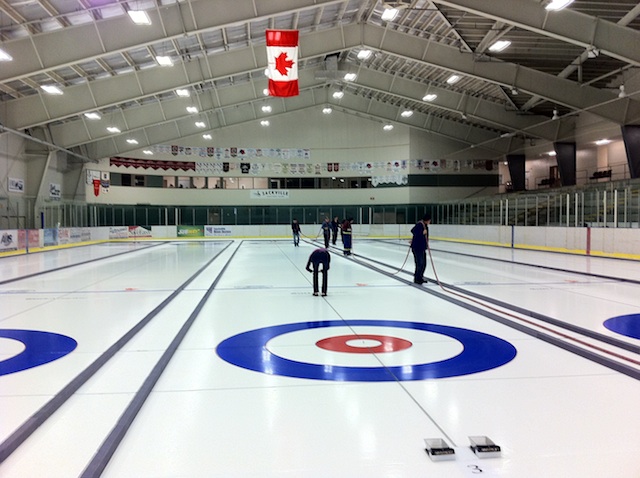Making Great Ice: Answers to Some Mid-Season Questions
As the second half of the season progresses, I’m getting lots of questions about ice making problems.
I am sure that the ice techs out there are not alone in their problems, so let’s deal with some of these questions.
Blades: The corner of the blade is digging on both ends.
This problem is caused when the blade is slightly bowed in the middle or the ends are more aggressive than rest of blade. We use what is called a blade harness. It straps along the length of the blade. With turn buckles, tighten it until the ends cut less. If the middle starts to cut more than the rest, you have over-tightened it.
Pebble Heads: Some of the holes in the head seem to be plugged and leave big drops or “change”, as I call it.
You can clean your heads in a mild acid solution such as CLR or other lime and scale remover. Just don’t leave them too long as it will start to make the holes bigger. To clean the holes themselves, use either a welder’s gage or a drill bit that is smaller than the holes. Remember, the heads are made of copper, so be careful not to widen the holes.
Runs: What causes the outside 4-foot run in my ice?
For the most part, this problem is created by having either high sides or high centres. Normally, if you have high centers, the run will show up more in the middle of the 8-foot. A run on the 4-foot line is caused by having high sides. To fix the high centre problem, you have to scrape the centre of the ice more aggressively and pull it down. You will be able to tell by watching how the blade cuts with each pass. As far as the outside goes, you will also be able to tell if your sides are high not only by the blade but also by how the rock reacts when curling to the wings and coming off the wings. If it straightens up going to the 12-foot, your edges might be high, and if it really starts to curl to the middle from the outside edge of 8-foot, that’s an indication your edges might be high. If it is not too bad, you may be able to scrape out the high edges. If not, you may need to flood.
Flooding: Even after flooding, the same runs are still there.
There could be two problems. First, you may not have put enough water on to get your ice level. A good rule of thumb is to use at least 100 gallons per sheet, if not more, so the water has a chance to flow. Also warming up your ice when you do the final flood will help it take longer to freeze and level better. To figure out your flow rate, get a five gallon bucket, run your flood hose in it, and time how long it takes to fill up. If it takes 30 seconds to fill the bucket, you are getting 10 gallons a minute.
Second, if the same runs are there and on all the sheets in the same relative spot, the problem is a blade issue. Change your blade and try a new one to see if conditions improve.
Hope this helps with a few of your mid-season icemaking problems. Remember, cover your hacks when pebbling: they will stay cleaner longer.






